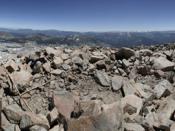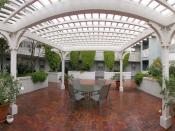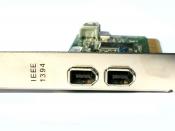What is QuickTime VR technology?
QuickTime VR is an enhanced version of QuickTime. This version adds the ability to display and rotate objects in three dimensions. The user prepares visual material for QuickTime VR from a computer generated 3D artwork from a series of photographs. To use the photographs, the object must be photographed from different angles. QuickTime is able to stitch these photos up and put them together in a realistic way as if you were to move about outside and object or inside the space. Users can enjoy the freedom of 360-degree visualization, but their movement is limited to a finite number of fixed points. This makes QuickTime excellent for demonstrating the appearance of remote locations or objects, but limits the content to images that can be photographed.
What is Virtual Reality Modelling Language (VMRL)?
Virtual Reality Modelling Language (VMRL) is a specification for displaying 3 dimensional objects on the Internet.
VRML is an ASCII-based three-dimensional modelling language; it is the equivalent of HTML in 3D. Files written in VMRL have a .wrl extension. VMRL produces a hyperspace 3D space that appears on the users screen. That is if a user presses keys to turn left, right, up or down, the image on the screen will change to give the impression that you are moving through a real space.
Comparisons
QuickTime VR can be played on most desktop computers, whilst VMRL CPU intensive floating-point mathematical algorithms require fast computation. With QuickTime VR the final result is photographically detailed, and there is no modelling required, VMRL however looks like computer animation, rather than a photograph, and modelling is required, in the same of converting everything into points, shapes, surfaces, and locations. QuickTime VR allows Smooth and fast navigation of even detailed scenes on most modern computers compared to VMRL...


